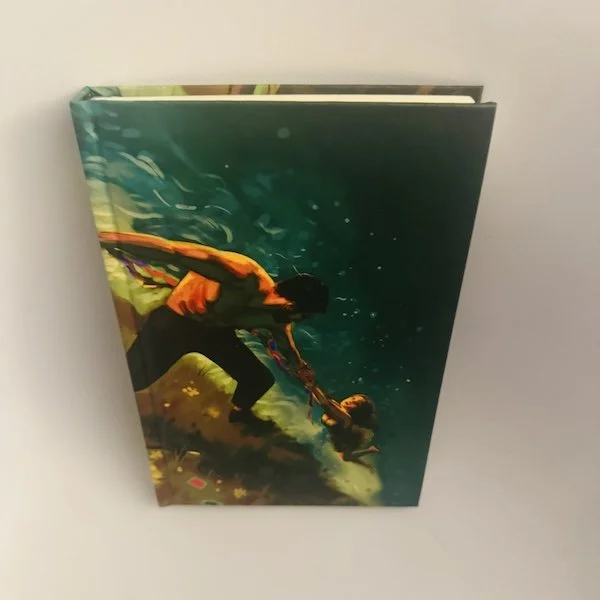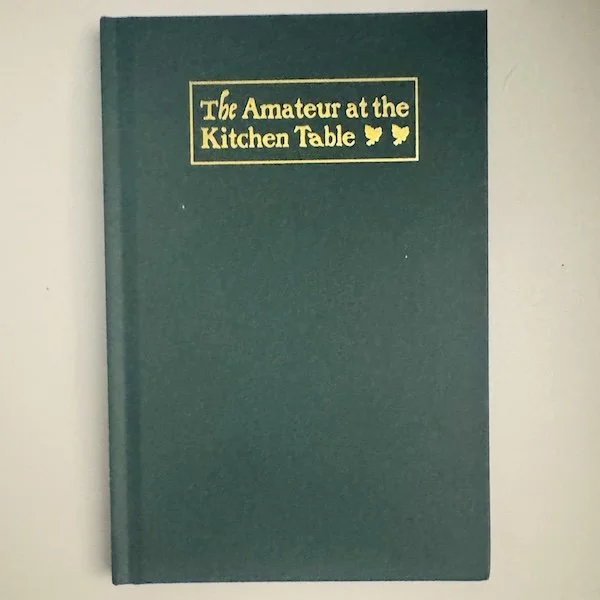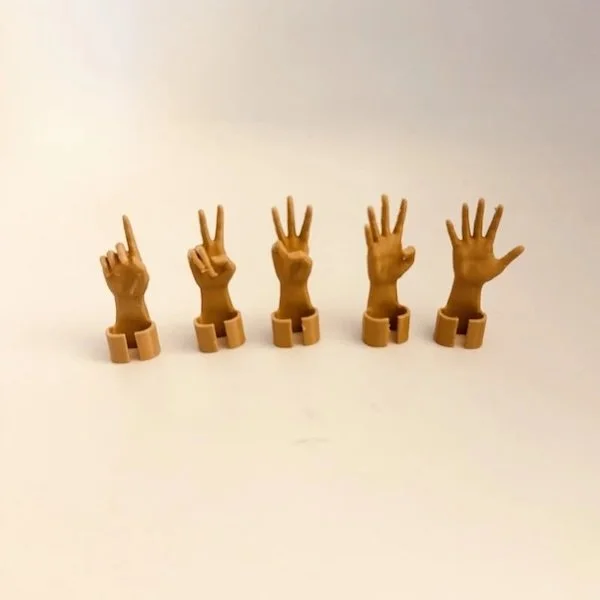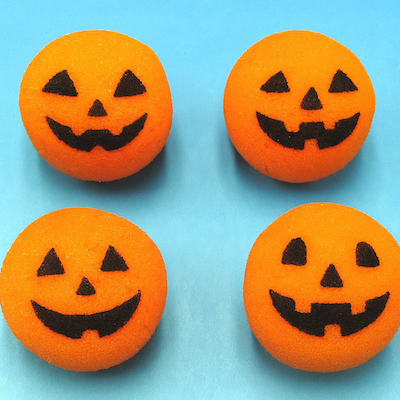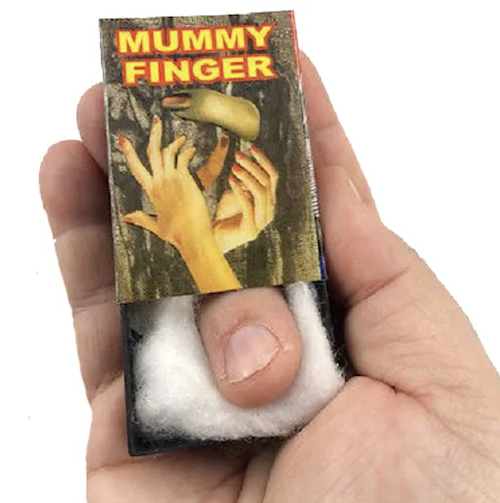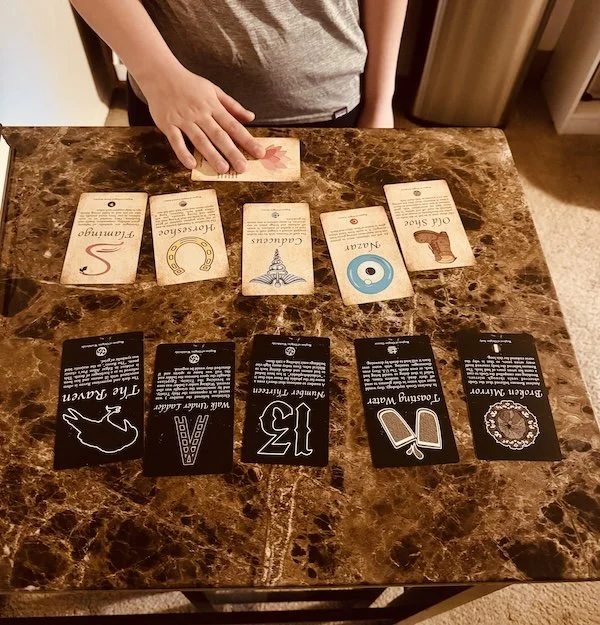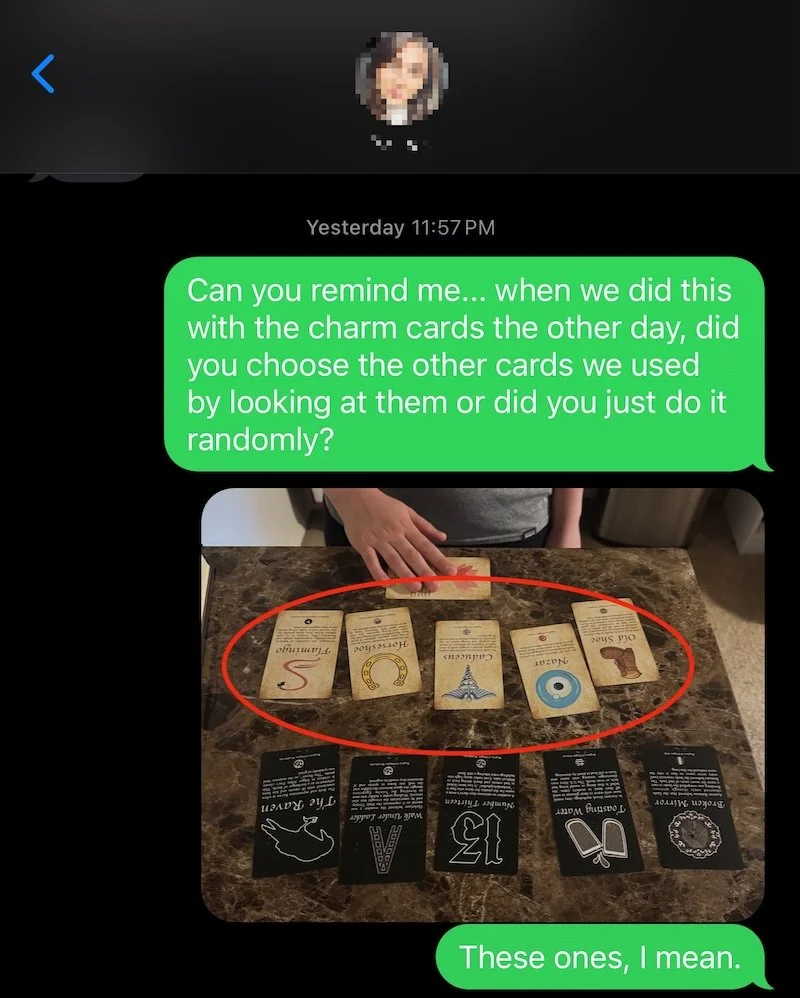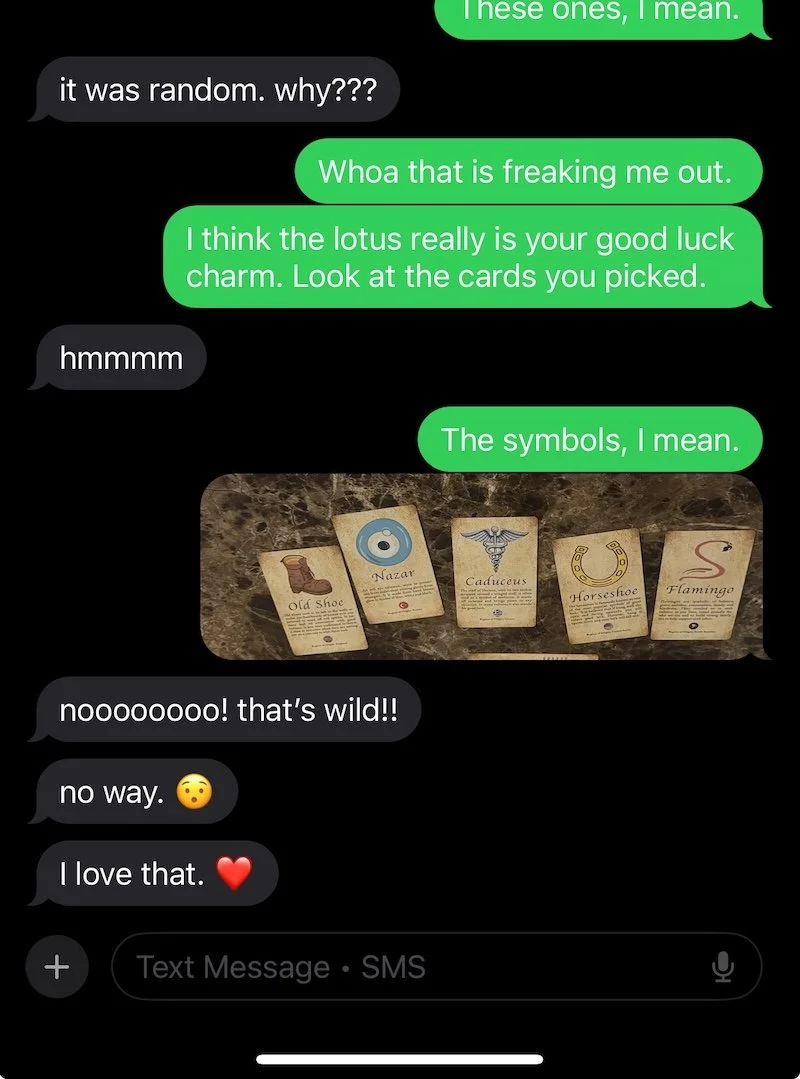Failsafe Trick Examples
/A couple months ago I wrote about the idea of having a Failsafe trick in your repertoire. This is a trick that you can slip into at any time. If you space out on the trick you started to perform or if your mind goes blank when someone hands you a deck, for example.
For me, I like to have a Failsafe Trick in my back pocket if someone asks to shuffle a deck that can’t be shuffled for the trick I had planned. If someone asks to shuffle a deck and you don’t let them, you might as well just email them a pdf of the method. At that point they pretty much know how it’s done anyway. Your refusal screams “special arrangement” as blatantly as telling them, “No, you can’t shuffle the cards, they’re in a special arrangement.” So don’t fool yourself into thinking you’ve “saved” the moment by denying them.
If they ask to shuffle, or they ask to use their own deck, or whatever, I just immediately say, “Yeah, of course.” And I can do that confidently because I’m ready to switch to my Failsafe.
There are three qualities a Failsafe Trick should have.
It should be dead easy. The whole reason you’re reaching for your Failsafe is because you’ve already been thrown off balance. You can’t expect yourself to suddenly recall a complicated sequence of moves.
It should be structurally simple. Ideally, it builds toward one clear moment. That single beat gives you something to aim for and makes it easy to frame the presentation around.
It should be a blank-slate effect. That’s my term for tricks that can be dressed up in almost any presentation. On their own, these effects are borderline dull—and that’s a good thing. If an effect is too entertaining in its bare form, it’s probably too specific to fit as a fallback.
Why do I want something dull? Because this performance wasn’t planned. It needs to slot naturally into whatever conversation you were just having, or whatever premise you’d set up for the trick you meant to do.
If you start with, “Here’s a new technique I’m working on to cheat at cards,” and then they ask to shuffle, you can’t suddenly pivot to:
“Here’s a trick about two black-haired gentlemen who went on a double-date with two red-haired women.”
That type of trick doesn’t make a good Failsafe.
We want something bland and malleable.
To test that, I ask myself:
Could I frame this trick as a technique to cheat at cards?
As an example of psychic powers?
As a game I used to play as a kid?
As an old forunte-telling ritual.
If the answer to all of those is yes, then it’s probably the kind of trick I can bend to whatever situation I’m in.
Now, to be clear, the fact that I can frame it as anything doesn’t mean the presentation will be good. But that’s fine. We’re not looking for brilliance here. You’re not going to invent a masterpiece on the fly, and you don’t need to. The goal is “passable.” You’re just trying to steer the moment back onto the tracks, not win a FISM award.
Here are some good examples for Failsafe Tricks.
Sort of Psychic by John Bannon
From the Move Zero DVD or Download
This has been my go-to Failsafe for years. I’ve written about a few tweaks I’ve made to it before (Ctrl+F “sort of” if you’re curious), but in a Failsafe situation, I just do the standard version.
Effect: After a brief “warm-up” where your friend tries to identify which small pile their thought-of card is in, they’re suddenly able to cut directly to that very card from a full deck.
And here’s how easily it slips into different framings:
Card Cheat: “One of the most important skills in card cheating is learning to cut to an exact point in the deck. I’ll show you a quick process for picking up that skill.”
Psychic Powers: “I’m going to teach you a simple way to sharpen your psychic abilities. At least when it comes to sensing where a card is hiding.”
Childhood Game: “When I was in 2nd grade, we had a deck of cards in our classroom, but no one actually knew any games. So we would make up our own games. Each kid had a card that was their card for the year. Mine was the 5 of Diamonds. We had this thing we’d do where you’d cut to a random card, and whoever’s card that was became ‘King’ for the day. I learned a way to cut directly to my card each time. So I could always make myself King. It’s an interesting process. I’m not quite sure exactly how it works, but I’ll show you.”
Old Ritual: “There’s an old gypsy ritual where you pick a playing card as your ‘Happiness’ card and train yourself to tune into it. Supposedly, when you can find it in a shuffled deck, it opens your ability to find happiness in real life. I’ll show you how it’s done.
DFB App idea by Sean D.
From the DFB Facebook Group
Supporter Chris Y. pointed me toward this clever idea for a simple Failsafe Trick.
In the DFB app, create a list where every entry just says “NO.” Then make your force word “YES.” Give the list a vague title like “The Card” or “The Card’s Location.”
Now you can have them shuffle the deck as much as they want, deal through it while counting aloud, and stop wherever they like (or at the card you’ve prompted them to, depending on your framing). When they stop, you show them your list—and it proves you knew exactly where they’d land as that number says YES while all the others say NO.
Card Cheat: “It’s one thing to control a card when you’re the one shuffling. What I’ve been working on is getting someone else to shuffle the card right where I want it. Here shuffle these up. Let’s say the card I need is the Jack of Spades. Whenever you want, stop mixing the deck and deal through the cards, counting where the Jack of Spades lands.”
Psychic Powers: “I had a premonition early of something that would happen with this deck of cards.”
Childhood Game: “When I was in 2nd grade, we had a deck of cards in our classroom, but no one actually knew any games. So we would make up our own games. We had this one thing we would do where each kid in the 2nd grade classes would get assigned a number from 1-52. And then we’d all put our milk money into a prize pot. And someone would shuffle the deck and deal through, and whatever number the Ace of Spades landed on, that kid would win the whole pot.”
“We did this on and off for most of the year, but then something weird started happening. I would win week after week. The kids thought I was cheating. I was like, ‘Cheating? I’m not touching the deck. I’m not dealing the cards. How could I cheat?” But kids aren’t really logical, so we stopped playing the game. But it’s true, I didn’t cheat. I never touched the cards. I’ve just been always lucky at this game. I’ll show you.”
Old Ritual: “There’s an old gypsy ritual where you think of any card in a deck and the gypsy determines a position in the deck. You shuffle the deck and then deal through the cards until you get to your thought-of card, and depending on how close it is to the fortune-teller’s number, that’s how lucky you’ll be in the coming year. So being two-cards away is luckier than being 12-cards away. Of course, being dead-on is ideal, but that hardly ever happens unless you’re going to have extraordinary luck.”
51 Fat Chances by John Bannon
From the Move Zero Vol. 2 DVD or Download
Effect: It’s sort of a lightweight Open Prediction. Your friend shuffles the deck. You make a prediction. Packets of cards are cut off and dealt through face-up to find your prediction, other cards are dealt off to the side. Eventually the spectator turns over every card but one—the one you predicted.
I originally overlooked this when I first picked up the download, but supporter James R. flagged it as a solid Failsafe Trick, and I think it works well in that context.
There’s an ending phase involving a down/under deal that some people might not love, but I think it works fine here, especially after all the shuffling and cutting. And if it’s not your thing, it’s easy to replace with another clean ending.
Card Cheat: “At the end of my poker nights, we play a game called Poison Card. Where you name a card and every card eventually gets turned over. You get $10 for every card that gets turned over before the Poison Card. I think I’ve come up with a way to cheat at this without touching the cards. Will you help me test it?”
Psychic Powers: “I had a premonition early of something that would happen with this deck of cards.
Childhood Game: “When I was in 2nd grade, we had a deck of cards in our classroom, but no one actually knew any games. We made up a game called ‘Poison Card,’ where we would turn over every card in the deck, looking for the Poison Card. You’d get a penny for every card that was turned over before the Poison Card. This is the only game I’ve ever been good at, and I don’t actually know why. I’ll show you.”
Old Ritual: “In old fortune-telling lore, there’s a card known as the Death Card. Most people think it’s the Ace of Spades, but traditionally it’s the Four of Clubs. There’s a ritual where you shuffle, then deal through the deck—and wherever the Death Card appears tells how close death is to you. If you turn it over early on, danger’s near; late in the deck and you’ve got plenty of time left. I’ll walk you through the process and we’ll see what fate says tonight.”
Clearly, these aren’t masterclass presentations. I’m repeating themes because I was improvising them as I wrote this post. The point isn’t that these are great scripts. It’s that these tricks can slip easily into a bunch of different premises, including whatever tone or story you’d already set up before you had to pivot into your Failsafe.
You might think of these effects as too simple. But that simplicity—and their flexibility—is the strength. Failsafe tricks aren’t your “go-to” favorites, the ones you plan out and look forward to performing. They’re your “oh-shit” tricks. The ones that save you when your brain blanks or the situation shifts. Having one or two in your repertoire lets you stay cool and unbothered regardless of what might happen as you get into an effect.



